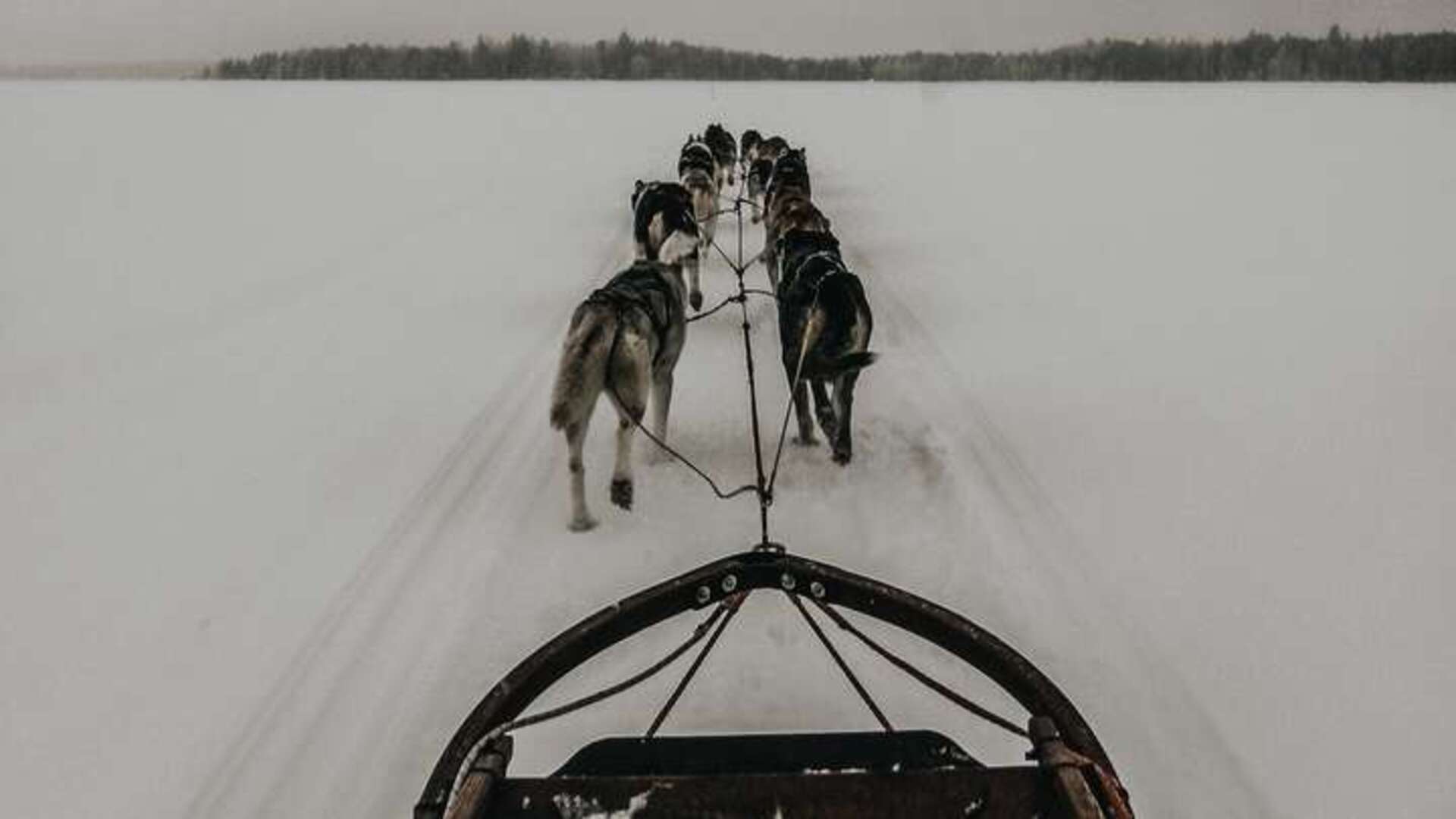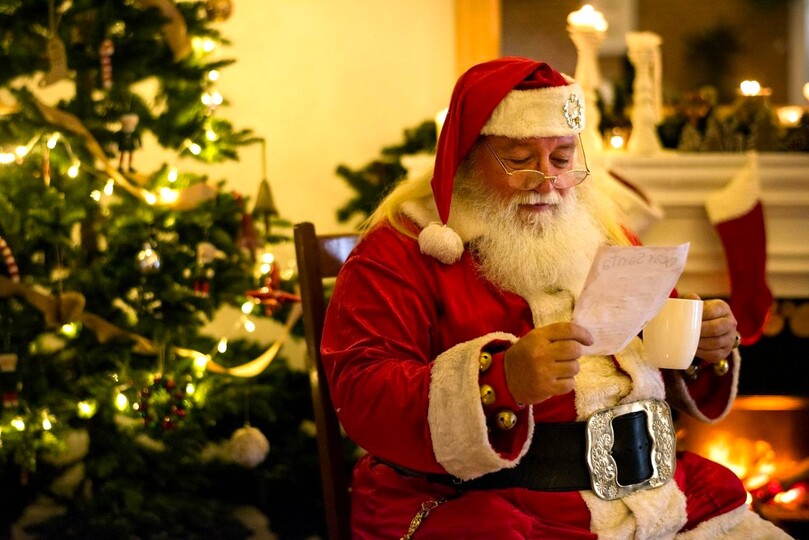
The Frozen Race to Save Lives.
The 1925 serum run to Nome, also known as the Great Race of Mercy, was a transport of diphtheria antitoxin by dog sled relay across the U.S. territory of Alaska by 20 mushers and about 150 sled dogs across 674 miles. The sled mission saved thousands of lives of residents in the small town of Nome and the surrounding communities.
January 30, 2024 by The Foundation For a Better Life
Nome, Alaska, January 1925. Home to roughly 1,400 hearty people who live off what they can pull from the rugged landscape. The population in the U.S. territory of Alaska is a mix of Athabascan and Inuit people and intrepid adventurers from the United States and the colder parts of Europe. Looking back, we may see it as a romantic time, and in that moment, so do some of the interlopers and gold-seekers. But to Alaska Natives, it is home and a way of life.
There is one doctor in Nome, an outpost on the Seward Peninsula that abuts the Bering Sea. It is the dead of winter, and the small port is iced in and won’t open until spring. Airplanes in the area have open cockpits and won’t operate in subzero temperatures, let alone the icy winds common in the area. Residents hunker down for these severe months, having stored enough food.
Then the doctor examines a boy with labored breathing. Concerned, the doctor rechecks his order for a diphtheria serum. It has arrived in Anchorage, 1,000 miles away, but there is no way to move the serum to Nome. The boy dies. Fearing an outbreak, the doctor orders a quarantine. Another child dies. The expected mortality rate is near 80%. The territory governor urgently calls in the locals and devises a plan: Move the serum by train as far as the tracks go, then by relay via the hearty men of Alaska and their dogsleds.
Dogsledding is a lonely, isolated endeavor. You travel alone, through dense forests and deep snow, across frozen lakes pelted by icy winds that tear the bare skin off ungloved hands. In January, there are just four hours of daylight, and the darkness must be navigated by those familiar with the terrain. Such men and their dogs are a rare lot, thriving in temperatures that plunge below -50 degrees Fahrenheit. They are loners by nature and a community by necessity.
And so trappers, guides, mail carriers — those whose daily living depends on their dogsledding skills — prepare their sleds, their supplies and their dogs. They spread out along the challenging route: 20 mushers and 150 dogs must cover the 674 miles in six days before the serum expires. The previous record time to cover that distance was nine days, in much better weather.
Leonhard Seppala, an ex-pat from Norway, will lead the most treacherous leg. Seppala is a legend in the territories for his “hypnotic” control over his dogs. He has led expeditions for mining companies, won the most prestigious dogsledding races and bred some of the dogs other mushers employ. At only 5’ 4” and 47 years old, he is in exceptional shape. With Seppala locked in, the team is confident.
Ultimately, the relay did reach Nome on time, but at a great cost to the mushers. Wild Bill Shannon lost three of his Malamutes, and his face was blackened by frostbite in the -40-degree temperature. Charlie Evans got caught in an icy fog, lost several of his dogs and pulled the sled himself. Seppala chanced a treacherous shortcut as the temperature dipped to -85. The relay's progress was covered on the radio, captivating listeners across the continent. During the last leg, Gunnar Kaasen couldn’t see the dogs in front of him. Winds estimated at 80 mph blew him over. The canister of serum was lost in the snow, and Gunnar had to dig with his bare hands to find it. He suffered severe frostbite but pressed forward. “I couldn’t hear, couldn’t see, couldn’t breathe,” Gunnar recounted. “I felt as if the dogs and I were fighting all the devilish elements of the universe.”
With rapt listeners cheering them on, the relay finished in five and a half days in the coldest winter in decades. To the brave mushers goes the recognition, even though most of them shunned the glory. They would rather credit their dogs: Balto, Togo and the many others that led the way in the race to save thousands of lives. Rescue Someone... PassItOn.com®
If you enjoyed this inspiring story, you will love this one:
https://www.passiton.com/passiton-blog/215-passiton-is-excited-to-introduce-our-new-psa
Get Inspired, Sign Up to our PassItOn Blog:
http://www.passiton.com/passiton-blog
Please tell us about your everyday hero. The heroes among us are ordinary people whose actions leave a lasting and positive impact in their communities and demonstrate the potential in all of us. Their heroic acts uphold our shared values. Help honor these individuals by creating a billboard and sharing their story at: http://www.passiton.com/your-billboards/create



